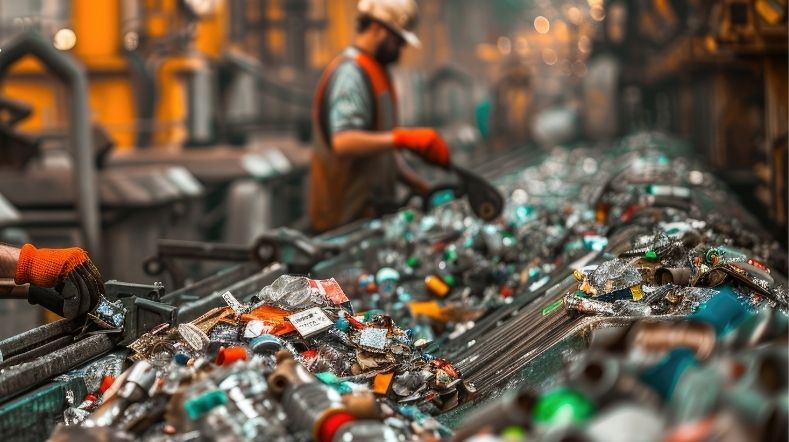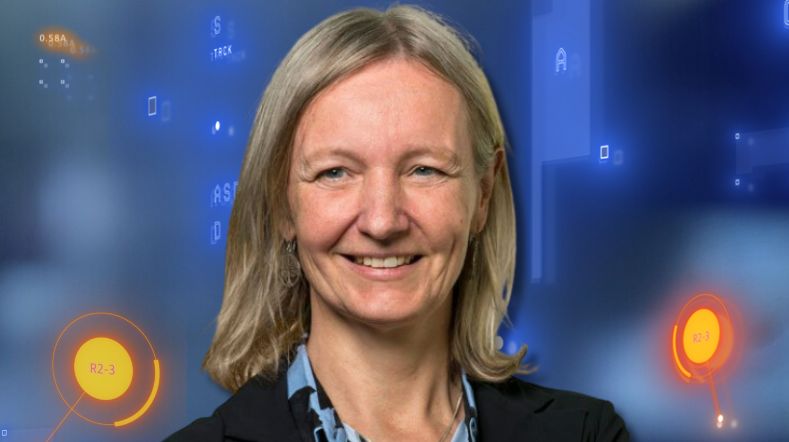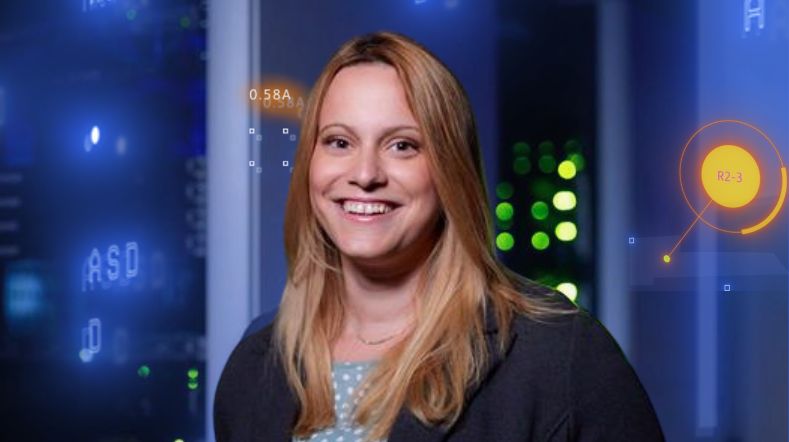
Data sharing: the key to further digitalisation
Data sharing accelerates innovation. For example, better treatment methods thanks to the secure sharing of patient data. Or the digitisation of paper processes and the use of artificial intelligence. We help parties in various sectors to use each other's data efficiently and securely.
Removing barriers to data sharing
Through data sharing, chains work more efficiently and participating parties save a great deal of money. At the same time, quality, transparency, and privacy are essential in data sharing. We, therefore, focus on removing barriers to data sharing between organisations. This is based on the premise that organisations and individuals have a right to and control over their own data. Parties involved can track and control exactly who processed and supplied what data, when, with what algorithms, and for what purpose. We use innovative techniques to monitor and influence the quality, traceability, and repeatability of data services.
In addition to optimising processes within chains, we see great opportunities in a cross-chain approach. Such an integrated approach to data sharing accelerates innovations within and between existing sectors and provides new hybrid solutions.
How we work on data sharing
How do we remove the barriers to data sharing? We do this by working in consortia, by demonstrating that innovative methods work (proof of concept), and by applying our knowledge of specific (technical) areas, such as Secure Multi-Party Computation (MPC), International Data Spaces (IDS), reliable Artificial Intelligence (AI), and Self-Sovereign Identity (SSI). We show that secure data sharing can work, we connect parties with seemingly different interests, and we develop ideas together.
Focus areas within data sharing
At TNO, we focus on different areas within data sharing: Data Spaces, AI-based Analyses & Decisions, Reliable Digital Twinning, Privacy Enhancing Technologies, Self-Sovereign Identity, Generative AI, Digital Product Provenance, Norm Engineering. Discover the range of our activities.
Data spaces
As a company, you want to share only that part of your data that you actually want to share and only with parties to whom you want to give access. The aim is a reliable data-sharing infrastructure based on standards (both legal and technical). Only certified users are granted access to a data ecosystem. They can attach usage restrictions to their data before it is made available to other users. This is a solution for many sectors, such as healthcare, industry, agri-food, IT, and telecom.
We help companies and governments to share and manage their data responsibly and transparently and to make better decisions from both a social and a business perspective. We also contribute to International Data Spaces (IDS), an initiative to develop a European standard for independent and controlled data sharing. Because without agreements, there is no secure data sharing. IDS is seen as promising and as a basis for companies to work on artificial intelligence (AI), the Internet of Things (IoT), and Big Data.
AI-based analyses and decisions
More and more companies are using artificial intelligence for analytics and decision support. It is important not to rely solely on data and machine learning, but also to include domain expertise. We work with companies to develop a combination of data-driven and expert-driven systems to create decision support systems and make chains more transparent. For example, patient data can be an excellent help in making a better diagnosis and/or treatment plan. But in doing so, it is essential to include the knowledge and expertise of the doctors involved.
Reliable Digital Twinning
More and more companies are using a digital twin. This is a digital representation of their product(s) to design, test, monitor or optimise their products digitally. At the heart of a digital twin are AI models and the necessary data from the underlying (physical) products or infrastructure.
The major challenge with continuously changing data sources and (AI) models is to keep this digital twin fit for purpose. We provide insights and tools that help companies manage the lifecycle of digital twins in a constantly changing environment. This way, the reliability of the digital twin is maintained.
Privacy Enhancing Technologies
We are working on data solutions in which different parties bring together their data in a platform without disclosing (privacy-)sensitive information to each other. In doing so, we use innovative and secure techniques such as Secure Multi-Party Computation(MPC). This makes it possible for different parties to work together on data without being able to see each other's data.
So, MPC does not provide insight into data, but only combined conclusions. This paves the way for new products and services that fully comply with the stringent privacy laws. For example, achieving better treatment methods in healthcare, without violating privacy, and financial institutions that can detect fraud and money laundering activities.
Self-Sovereign Identity
Digital validation of information allows everyone to be in control of their own data. We are working on several projects that focus on SSI technology. SSI offers citizens new ways to manage their privacy rather than logging in with a password. This helps organisations to achieve enormous savings and high customer satisfaction by accelerating and automating transactions with customers, suppliers, and partners.
We are exploring how to make SSI suitable for application. Together with other parties in healthcare, government, and financial institutions, among others, we are developing use cases into proofs of concept. For example, we are contributing our knowledge to the uNlock consortium. They are developing an open-source, non-profit application that makes it possible to provide proof of covid testing/vaccination with 100% certainty. This application protects the privacy of its users.
What TNO can do for you
TNO makes knowledge applicable for companies, organizations and governments. We focus on removing barriers to enable data sharing between organizations.
From quick scan to proof of concept; with 'first-time-engineering' we help take your organization to a higher data plan. Together we bring smart technology applicable to a project for your organization.
Do you have questions about data sharing? Please contact us.
Our latest developments
Digitalisation and sustainability: how AI can help


Time setter story: Kallol Das


Digital Product Passport


Time setter story: Annemieke Kips


Time setter story: Belma Turkovic




